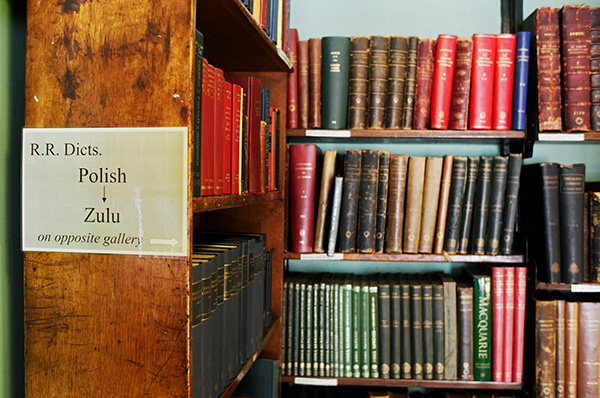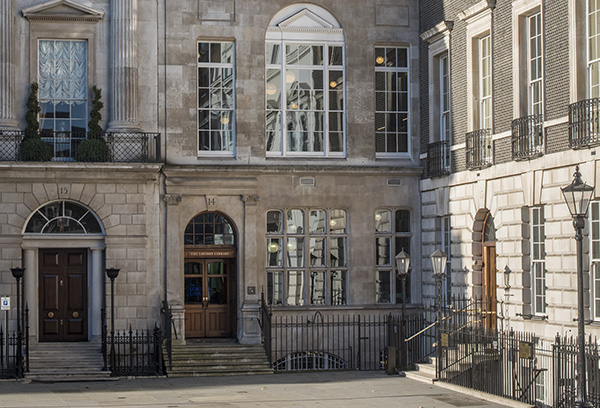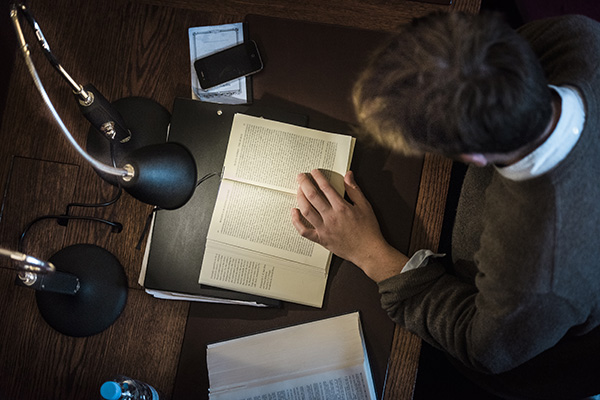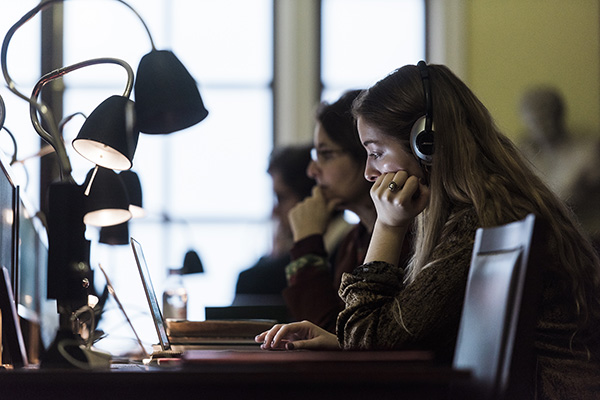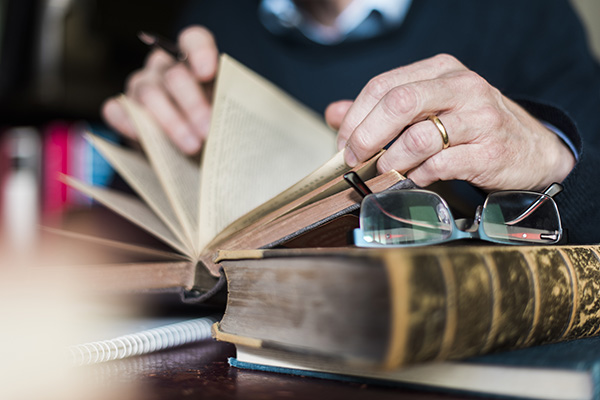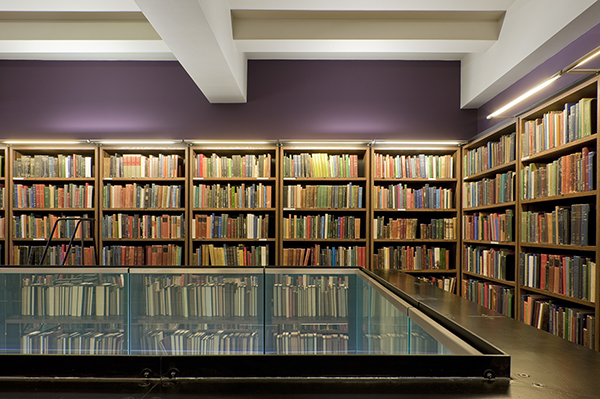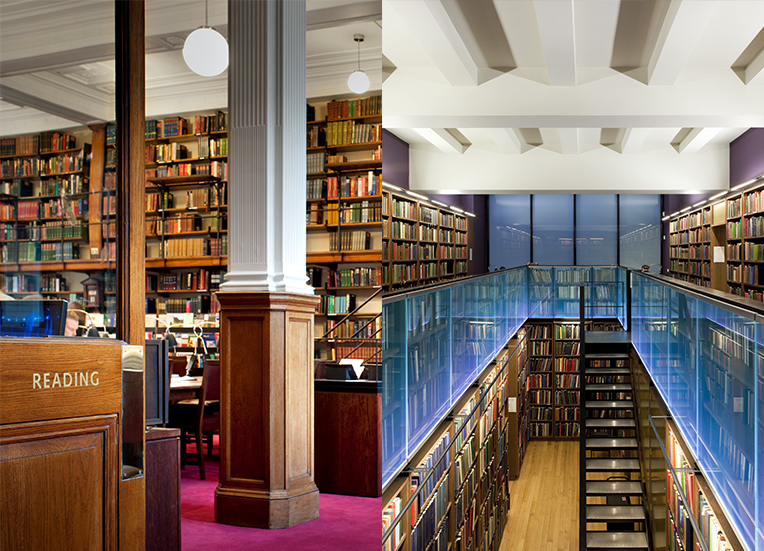A brief history
On the 24 June, 1840, the celebrated Scottish author, historian, and biographer, Thomas Carlyle, stood up at a meeting in a crowded hall in Covent Garden to proclaim the need for a new lending Library in the great metropolis of London.
Carlyle’s vision succeeded beyond his wildest dreams. What he called into existence that night has become, over the ensuing 175 years, the largest independent lending library in the world. Today its façade in St James’s Square gives little indication that beyond it lie over a million books, covering more than 17 miles of open access bookshelves arranged within seven interlocking buildings.
From its opening on the 3rd May 1841, this haven for reading, writing and thinking quickly became a beloved home for some of the greatest names in literature: Charles Dickens, Charles Darwin, George Eliot, Henry James, Arthur Conan Doyle, Bram Stoker, George Bernard Shaw, Virginia Woolf, Isaiah Berlin, Laurence Olivier, Agatha Christie and Harold Pinter amongst many others were all members. 4 Poets Laureate and 10 Nobel prize-winners have roamed its bookshelves for inspiration in the past and today, 7,000 members of all ages and backgrounds – including some of the most familiar names in the literary world - find the Library’s resources invaluable.
Timeline
1841 The Library opens at 49 Pall Mall, London. The Earl of Clarendon is appointed inaugural President, WE Gladstone and Sir Edward Bunbury were on the first committee. John Cochrane is appointed first Librarian (and serves until 1852).
1842 An additional room is rented at 49 Pall Mall creating the Library’s first reading room. The collection reaches 13,000 volumes.
1845 The Library moves to its present location in St James’s Square.
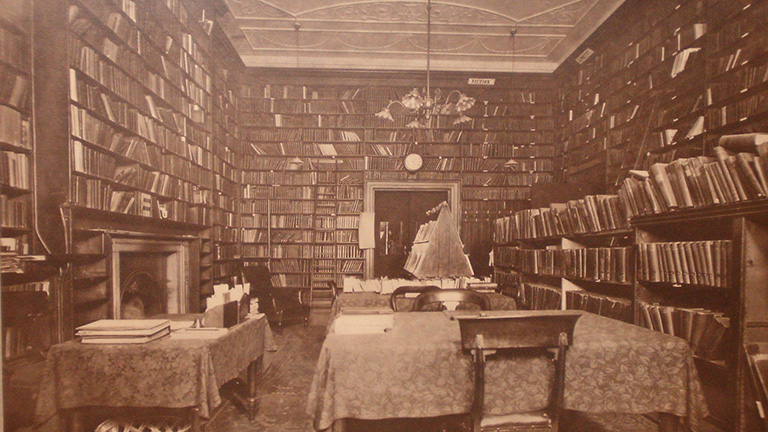
1855 Alfred Lord Tennyson is appointed President, serving until 1892.
1879 The Library buys the freehold of the premises.
1893 Charles Hagberg Wright is appointed Librarian and serves until his death in 1940. He develops the unique and much-loved shelving system which has enabled books to be readily and fruitfully browsed; catalogues the collection of 200,000 volumes; and oversees major building works as the Library is remodelled in 1896 to accommodate the rapidly expanding book collection.
1896-98 The building is entirely reconstructed. The present eclectic facade, the Main Hall, Reading Room and the grille-floored bookstacks are erected and remain hallmarks of the Library today. The building is one of the first steel framed buildings in London.
1921 The building is extended: seven new floors are constructed to house a further 200,000 books. The radical glass floors and steel frames are constructed, shipped in from, America.
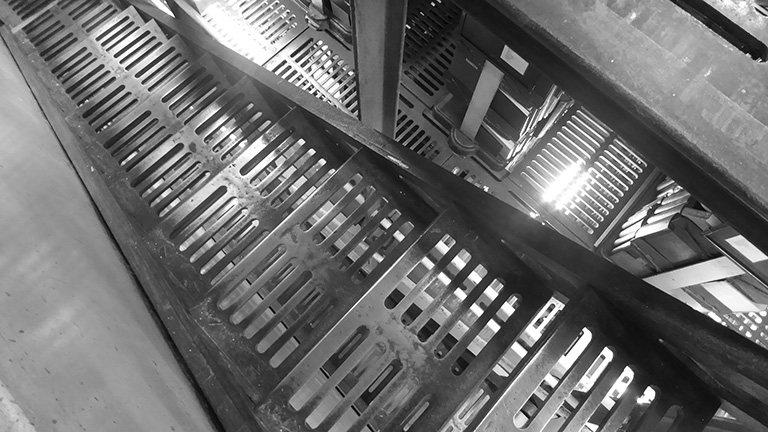
1932-4 Further building works take place. The Art Room and the committee room that has since become The Sackler Study are constructed. The Reading Room is extended and additional bookstacks are built. The collections now number some 450,000 volumes.
1934 On April 13 1934, life member Stanley Baldwin MP gives the opening address at a ceremony to open the newly built Central stacks.
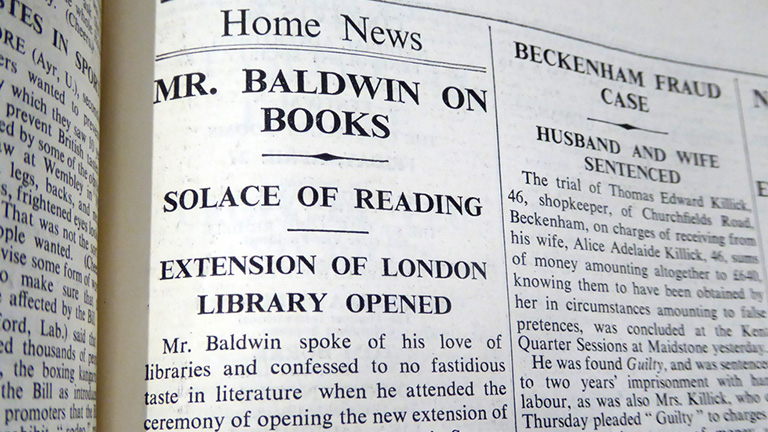
1934 Charles Hagberg Wright is knighted after more than 40 years of extraordinary service to the Library.
1944 The Library is hit by a German wartime bomb - over 16,000 volumes are destroyed and the newly built Central stacks are heavily damaged. Repairs take 10 years to complete.
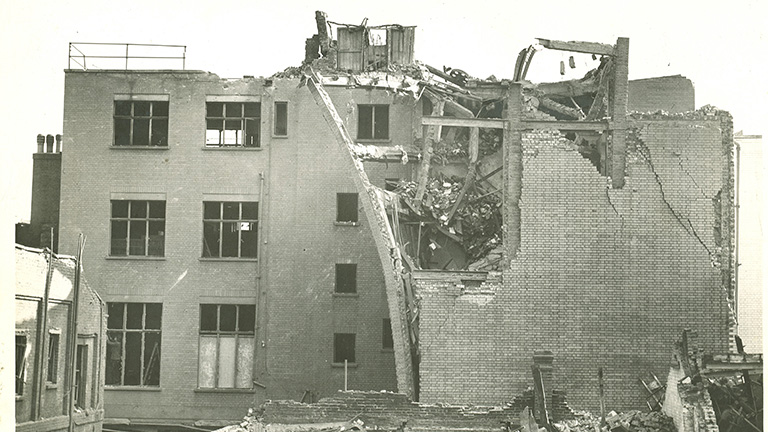
1948 Winston Churchill accepts the honorary position of Vice-President.
1952 T.S. Eliot is appointed President, serving until his death in 1965.
1995 The Anstruther Wing is completed. This new building, equipped with special environmental controls, allows for the safe housing of 30,000 of the rarest and most vulnerable volumes.
2004 Duchess House is purchased, increasing the overall capacity of the building by 30%.
2010 Work is completed to create the Lightwell Reading Room, the new Times Room, staff offices, the restoration and extension of the Library’s Art Room (below), and the refurbishment of the Issue Hall.

2013 The historic Reading Room is extensively refurbished and The Writers' Room and The Sackler Study are opened as new working and studying spaces.
2014 The building project gets national recognition as architects Haworth Tompkins win RIBA Awards for their work on the Library’s refurbishment.
2015 The Library’s collection stands at over 1,000,000 titles, covering over 2,000 subjects in 55 different languages. The books range in date from 1500 to 2015 complemented by bound copies of over 2,000 periodicals dating from 1699 to today.
2016 To celebrate its 175th anniversary the Library holds a five day literary festival in St. James's Square. The Word in the Square celebration features over 40 separate events and talks by leading writers and public figures, over half of whom are London Library members.





